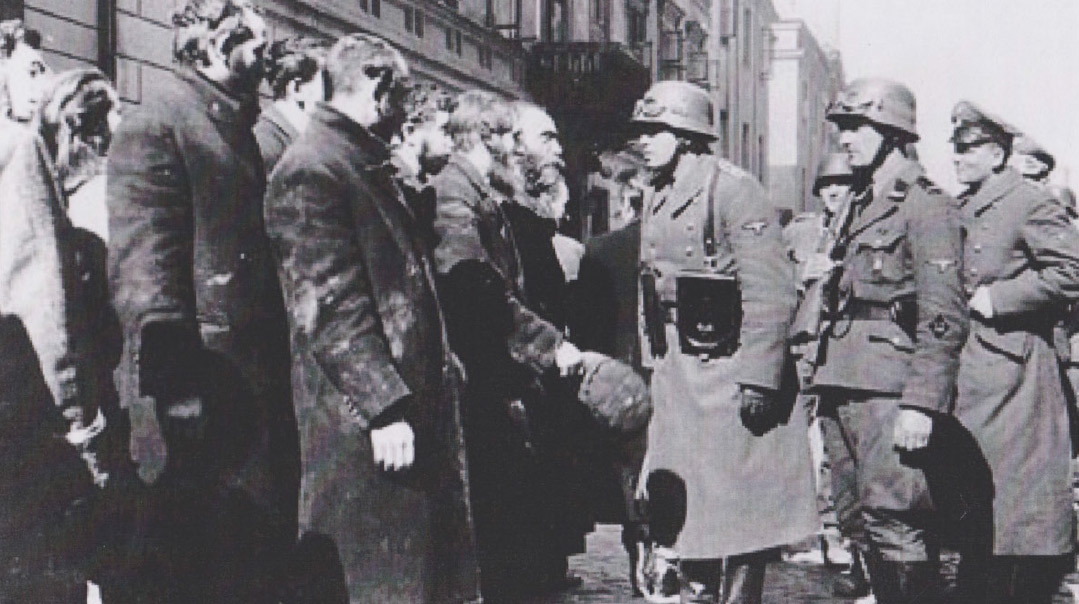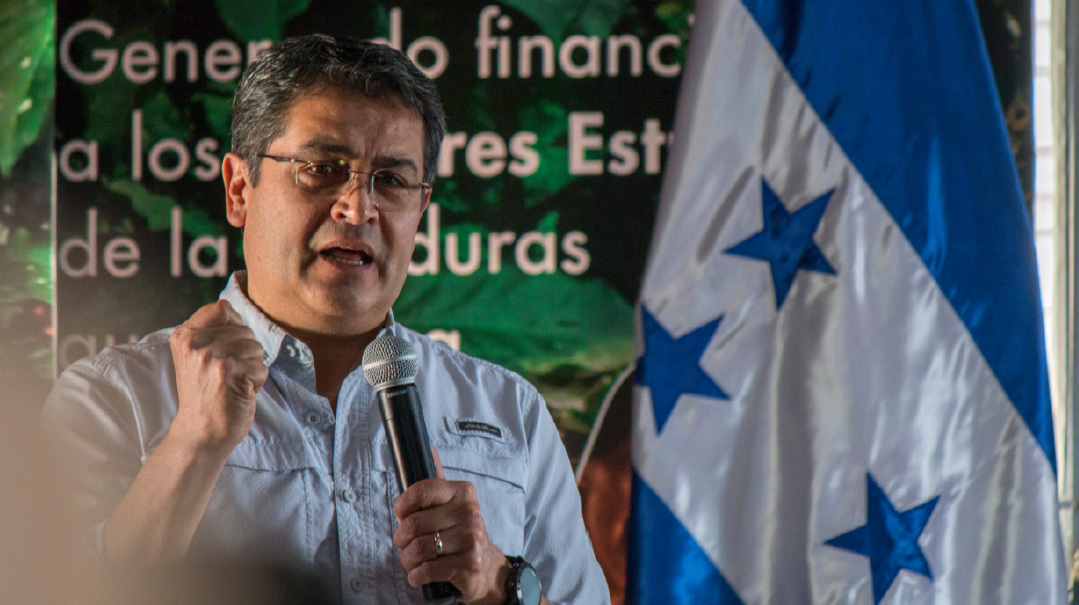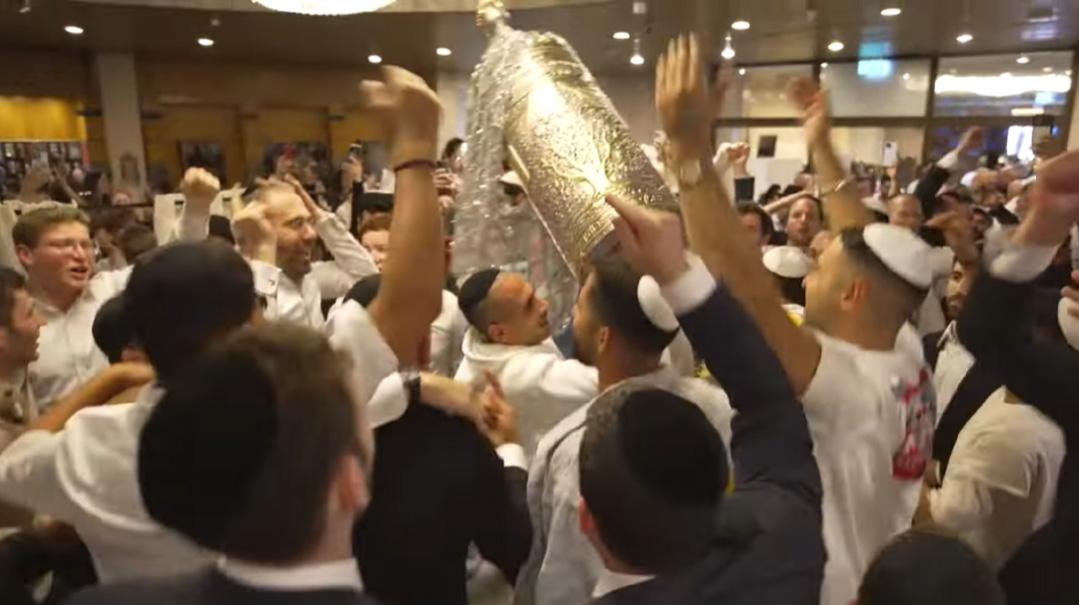Grabbing the Daf


Warsaw Ghetto
At the first Siyum HaShas held in Yeshivas Chachmei Lublin, Rav Meir Shapiro, the initiator of the worldwide daf yomi schedule, peered presciently into the gathering gloom. He quoted the Gemara (Yevamos 121a) in which Rabban Gamliel describes standing on the deck of a ship and seeing a nearby ship crash and break apart, casting overboard a great scholar — no less than Rabi Akiva himself.
After reaching dry land, Rabban Gamliel was shocked when the same Rabi Akiva appeared before him to engage in halachic discussion. Rabban Gamliel asked him how he had survived being thrown into the watery deep — to which Rabi Akiva replied, “A board (daf) of the boat floated into my hands. I grabbed on to it, and I bent my head before each and every wave that came toward me until I reached the shore.”
Rav Shapiro emphasized that Rabi Akiva lived during one of the darkest periods of Jewish history, marked by the loss of national independence and the nation’s spiritual center of the holy Temple. But even under the harshest Roman edicts against Torah learning, he produced outstanding talmidim, who would restore Torah to its former glory.
The daf of the ship to which Rabi Akiva held tight, said Rav Shapiro, can be understood metaphorically as the daf Gemara to which we must hold tight for protection against the evils of the day and the far greater horrors yet to come.
FOR SOME, continuing learning Gemara was the ultimate act of resistance to the Nazis, yemach shemam. The Nazis sought not only to wipe out world Jewry, but Torah itself. In a directive issued to the German Occupation Forces in Poland on November 23, 1940, German High Commander I.A. Eckhardt demanded that no Ostjuden (Jews of Eastern Europe) be allowed to escape because they constitute the majority of rabbis and “Talmud learners.” If the latter escape, Eckhardt warned, “they can bring about the spiritual regeneration of world Jewry, even American Jewry.”
Reb Yosef Friedenson, the founder and long-time editor of Dos Yiddishe Vort, once related how in the early days of the Nazi occupation of Lodz, two German soldiers burst into the Friedenson family apartment, wildly cursing and shouting. Their madness only increased when they entered the family’s elegant living room and saw the large volumes on the bookshelves. Informed that the volumes were the Talmud, remembered Reb Yossel, “they became like mad dogs, throwing the seforim on the floor, trampling them with their boots, and ripping them to shreds,” over the period of an hour. Such was the loathing and fear with which the Nazis viewed the Talmud.
One group of 19 young Gerrer chassidim in the Warsaw Ghetto, led by Rabbi Yehudah Leib Fromer, understood exactly where the battle lines were drawn. From the moment they were herded into the ghetto, they defied the German orders by refusing to shave their beards or shed their chassidic dress. They would have been punished with instant death if caught.
They could not obtain ration cards, but in any event, they refused to eat non-kosher food. In the wee hours of the morning, two or three bochurim would leave their hiding place each night to scavenge for food to be split among the group of 19.
And yet, even during the most intense fighting of the ghetto uprising, and on the verge of starvation, they continued learning in an underground bunker at 14 Mila Street, until their hiding place was discovered in the last ghetto roundup.
FOR OTHERS, the Gemara was the last link to the world they had known before the war. In September 1940, the Judenrat in the Lodz Ghetto sent inspectors to every dwelling to determine who was eligible for the allocations that the German authorities had approved. One of those inspectors was the author Yosef Zelkowicz, whose reflections on what he saw have been preserved in a volume entitled In Those Terrible Days.
Zelkowicz noted the different things Lodz’s Jews had brought with them into the ghetto — beds and bedding, jewelry and money. But in short order, those things were gone: The beds were chopped up for firewood; the valuables sold for slim loaves of black bread.
But a young man named Yaakov Eli was able to hold on to what he brought with him — the Talmud. The pages may have grown yellowed and faded, wrote Zelkowicz, and the volumes themselves were swollen from water damage, but for Yaakov Eli, “the words looked like blossoming, budding furrows in a field. The yellow of its pages reminded him of his Jewishness, as did the yellow patches he wore front and back... The moisture of the tears that its pages absorbed made his Talmudic chant sound a little sadder but much heartier and deeper.”
IN ADDITION, the Gemara provided an answer to the question, “Who am I?” after being stripped of everything — family and friends, possessions, even the clothes on one’s back. Rabbi Sinai Adler records in his memoir of Auschwitz-Birkenau, Your Rod and Your Staff, a cold winter day when he and his fellow prisoners were subjected to delousing. While they showered and were deloused with harsh chemicals, their clothes were sent for fumigation. The fumigating machine broke down, and the prisoners were left to shiver, with only their leather belts and shoes. Eventually, they were marched back to their barracks, where they could at least look forward to a thin blanket to cover them. But when they arrived, even that solace was denied them: The blankets too were being deloused.
By that point, the prisoners’ teeth were chattering from the cold. A Hungarian Jew, lying in an adjacent bunk, suggested to Rabbi Sinai that they huddle together, in the hope that their combined body heat would keep them from freezing to death. The Hungarian Jew told Rabbi Sinai that he knew tractate Beitzah by heart, and that he was careful to review a portion before going to sleep every night. Even in those freezing conditions, he did not want to break with his custom for a single night, and asked Rabbi Sinai to listen as he recited the Gemara by heart.
AND IT WAS the daf Gemara that played a major role enabling the shearis hapleitah to rebuild their lives after the Holocaust. At the 12th Siyum HaShas, Reb Yossel Friedenson, a talmid of Yeshivas Chachmei Lublin, described in a video interview how he and a small group of survivors celebrated the 3rd Siyum HaShas together in Feldafing, one of the displaced persons camps in Germany.
Though a few of that small group might have begun the cycle of daf yomi and even continued it for a while in the ghettos, none had been able to complete it in the work and death camps. Yet, with three volumes of tractate Niddah among them, they participated in the completion of the cycle. And with four or five volumes of tractate Berachos, they began again. Now, at least, they could dream of completing the next cycle, beginning from “Mei’aimasai.”
In honor of this week’s Siyum HaShas, I've shared the ideas I heard presented to a group of both religious and secular educators at Yad Vashem by my friend and chavrusa Rabbi Ilan Segal, with whom I had the privilege to tour Eastern Europe last winter.
Originally featured in Mishpacha, Issue 792. Yonoson Rosenblum may be contacted directly at rosenblum@mishpacha.com
Oops! We could not locate your form.







